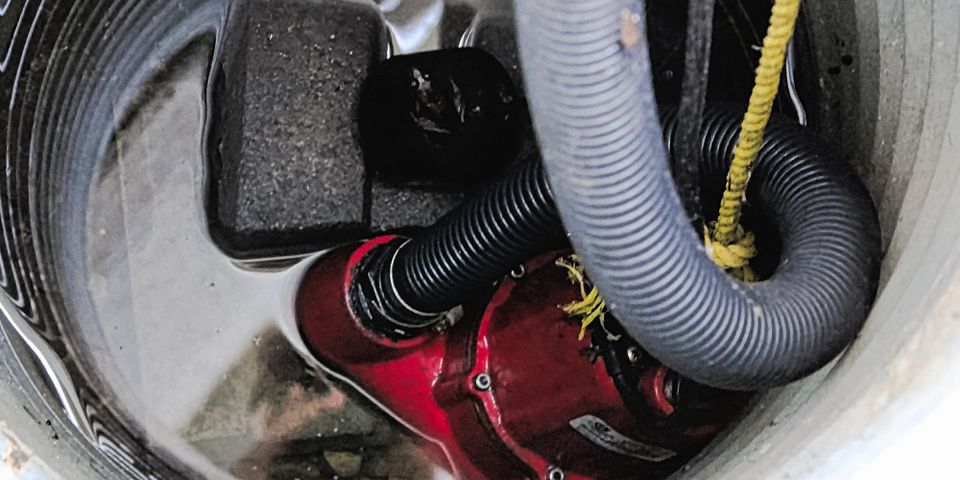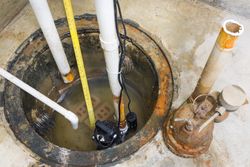
Sump pumps are vital for homeowners who have basements that experience frequent flooding. If you live in an area with heavy rains, lots of snow, and rivers known to overflow their banks, the last thing you want is for yours to malfunction. Luckily, there are ways to spot signs of problems before they cause a pump to stop working. Here’s what you should know.
A Guide to Sump Pump Operational Issues
Excessive Vibration
If your pump vibrates at an alarming rate, it’s possible it needs to be replaced. Excessive vibration indicates that, along with water, a pump has sucked up debris that’s damaged or bent its impellers. The impellers—or rotor blades—are balanced to minimize stress on the shaft as they spin. If they’re warped or damaged, they’ll wobble and cause the pump to vibrate.
Rust
Reddish-brown discoloration on or around your pump is a sign of rust. If you see it, you should consider replacing your pump. Although rust isn’t a health hazard, it worsens if ignored, producing a viscous substance that clogs and disrupts drains, pipes, and pumps.
Continual Cycling On & Off
Sump pumps turn on and off automatically depending on the water level in the tank. But if yours is turning on and off a lot, even when the area around your home is water-logged, the motor may be failing. A waterproofing service should assess your pump. The problem could be as simple as an incorrectly adjusted float switch. A short in your electrical system may also be at fault, or the motor could be broken.
If you’re experience problems with your inside or outside drainage systems, contact the experts at Cook Waterproofing in Cincinnati, OH. They offer a wide range of waterproofing services, including sump pump, foundation, and interior crack repairs. To schedule an inspection, call them at (513) 486-6676, or visit them online for more information about their affordable services.
About the Business
Have a question? Ask the experts!
Send your question

